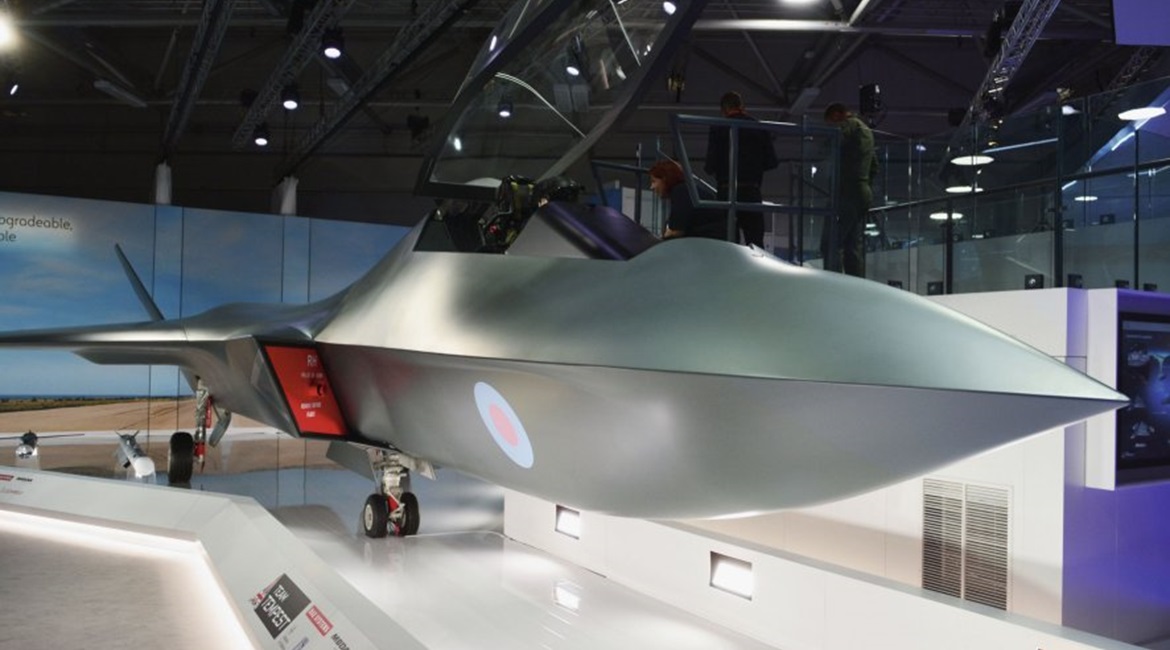
The UK Ministry of Defence (MoD) is taking a flexible approach to development partnerships for its Tempest next-generation fighter programme as it hopes to maintain forward momentum and avoid restrictive frameworks, Simon Bollom, chief executive officer of Defence Equipment and Support (DE&S), told Jane’s .
Tempest is in a conceptual and technology assessment stage, and Bollom said the United Kingdom expects to leverage developments under way in sensors, low-observable technology, and more.
In July, UK Defence Secretary Penny Mordaunt and Swedish counterpart Peter Hultqvist signed a memorandum of understanding that “commits both governments to work on a joint combat air development and acquisition programme, including the development of new concepts to meet both nations’ future requirements”, according to the UK MoD. The agreement was possible due to “common ground identified based on similar future Combat Air requirements, including being optimised for air defence”, it added.
The Tempest programme is expected to field an operational combat aircraft for the UK Royal Air Force (RAF) sometime in the 2030s. Tempest would be part of a wider system intended to include unmanned aircraft and other capabilities. The programme currently includes BAE Systems, Leonardo UK, MBDA UK, and Rolls-Royce, and Sweden’s addition could potentially add Saab to the programme.

Seen at its reveal at the 2018 Farnborough Airshow, the Tempest future fighter concept is being developed to enter service with the RAF in the 2030s. (IHS Markit/Patrick Allen)
The UK MoD is still looking for other states to join the effort but does not want partnerships only for the sake of work-sharing, Bollom told Jane’s
Looking to read the full article?
Gain unlimited access to Janes news and more...




